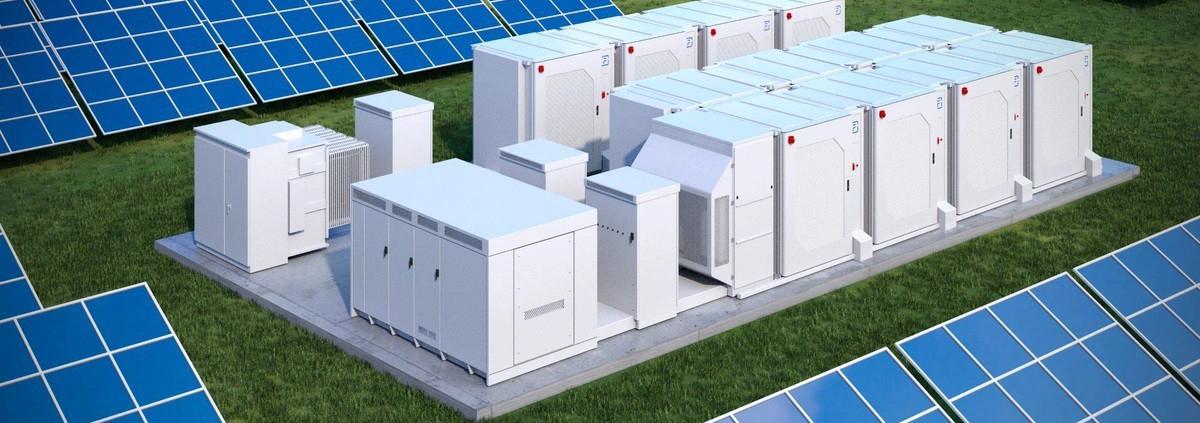The Latest Trends and Practical Guide to Battery Energy Storage System Design
In the evolving landscape of global energy infrastructure, battery energy storage systems (BESS) have become essential components in supporting grid stability, renewable energy integration, and critical backup power. As more stakeholders—from utility operators to commercial developers—look to adopt storage solutions, understanding how to design an efficient and future-proof BESS is becoming a vital skill.
This article explores both cutting-edge trends in BESS design and the core design methodology behind building scalable, reliable systems. Whether you’re an engineer, project manager, or energy consultant, this guide is designed to help you make informed decisions that balance performance, safety, and cost.
- Why Battery Energy Storage System Design Matters
BESS design directly impacts:
- System efficiency and lifespan
- Safety and reliability
- Scalability and integration flexibility
- Total cost of ownership (TCO)
Poor design decisions—like underestimating thermal management needs or overcomplicating system layout—can lead to premature degradation, safety hazards, or expensive overhauls. A thoughtful design, on the other hand, ensures long-term ROI and seamless operation across use cases.
- Battery Energy Storage System Design Fundamentals and Process
2.1 Understanding Design Requirements
Every system design begins with a clear grasp of project needs:
- Energy Capacity (kWh) and Power Output (kW)
- Application type: grid-tied, off-grid, peak shaving, backup power, etc.
- Environmental conditions: temperature range, humidity, seismic zone
- Required lifetime, discharge cycles, and depth of discharge (DoD)
- Regulatory and safety compliance (UL, IEC, NFPA)
2.2 Selecting Key Components
- Battery Chemistry: LiFePO₄ for stability; NMC or solid-state for higher density
- BMS: Smart module for cell balancing, monitoring, protection, and remote communication
- PCS: Inverters, converters, and EMS integration
- Thermal Management: Passive or active cooling/heating systems
- Enclosure: IP-rated, vibration-resistant, modular where needed
2.3 System Architecture and Configuration
- Series/Parallel Design: To achieve target voltage and capacity
- Modularization: For scalability and simplified maintenance
- Safety Redundancy: Fire suppression, fault isolation, multi-level protection
2.4 Thermal and Safety Design
- Maintain optimal temperatures for battery chemistry
- Integrate temperature sensors and thermal cutoff systems
- Design fire suppression per standards like NFPA 855
2.5 Control and Communication
- Establish communication via Modbus, CAN, RS485, Ethernet
- Enable remote monitoring, fault detection, and performance logging
- Integrate with SCADA or site EMS
2.6 Design Validation and Testing
- Simulation of load profiles, environment stress, thermal models
- Factory Acceptance Test (FAT) and Site Acceptance Test (SAT)
- Certification according to UL 9540A, IEC 62619, etc.
- Current Trends in Battery Storage System Design
✅ Modular and Stackable Designs
Modular systems simplify scaling and maintenance while reducing installation complexity. They allow easier upgrades and redundancy management.
✅ Integration of Smart Modules
Today’s BESS are expected to be “intelligent,” with integrated BMS modules that enable:
- Remote monitoring
- Predictive maintenance
- AI-assisted diagnostics
✅ Hybrid System Compatibility
Many Battery Energy Storage Systems designs now integrate with PV, wind, diesel, or grid sources, requiring multi-input controllers and hybrid-ready configurations.
✅ Thermal Management Innovation
From air-cooled containers to liquid-cooled racks, advanced thermal strategies ensure:
- Optimal performance
- Longer battery lifespan
- Reduced fire risk
✅ Safety as a Core Design Layer
Fire-resistant materials, explosion-proof enclosures, and real-time thermal surveillance are becoming standard in utility-scale and C&I designs.
- Emerging Technologies Shaping Future Designs
- Solid-State Batteries: Higher energy density with enhanced safety
- AI in BESS Control: Predict load, optimize dispatch, automate O&M
- Second-Life Batteries: Repurposed EV cells for cost-effective storage
- DC-Coupled Architectures: Minimize conversion loss and lower system complexity
- Regional Trends and Market Drivers
United States:
- Focus on microgrids and grid resiliency (wildfire zones, data centers)
- Federal tax credits (e.g., ITC) supporting BESS deployment
Europe:
- Strong emphasis on circular economy and recyclability in BESS design
- High demand for co-located storage in solar/wind farms
Asia-Pacific:
- Rapid urban expansion and electrification pushing C&I storage
- Government-led pilot projects for energy independence
- Common Design Challenges and Practical Solutions
| Challenge | Solution |
| Thermal management in hot/cold zones | Use active heating/cooling systems with sensors |
| Limited installation space | Adopt rack-based or vertical modular designs |
| Complex load profiles | Integrate with EMS and predictive analytics tools |
| Battery degradation over time | Select high DoD lithium chemistries, allow for hot-swap modules |
| Safety concerns | Comply with UL/NFPA, add real-time surveillance |
- Conclusion and Future Outlook
As grid conditions become more dynamic and clean energy adoption accelerates, battery storage system design is no longer a static engineering task—it’s a strategic enabler.
Successful design today demands a blend of:
- Core engineering rigor
- Adaptability to emerging technologies
- Awareness of regulatory landscapes
- Vision for future scalability
Whether you’re upgrading existing infrastructure or planning a greenfield deployment, understanding how to design smarter, safer, and more connected BESS solutions is key to unlocking long-term value.


